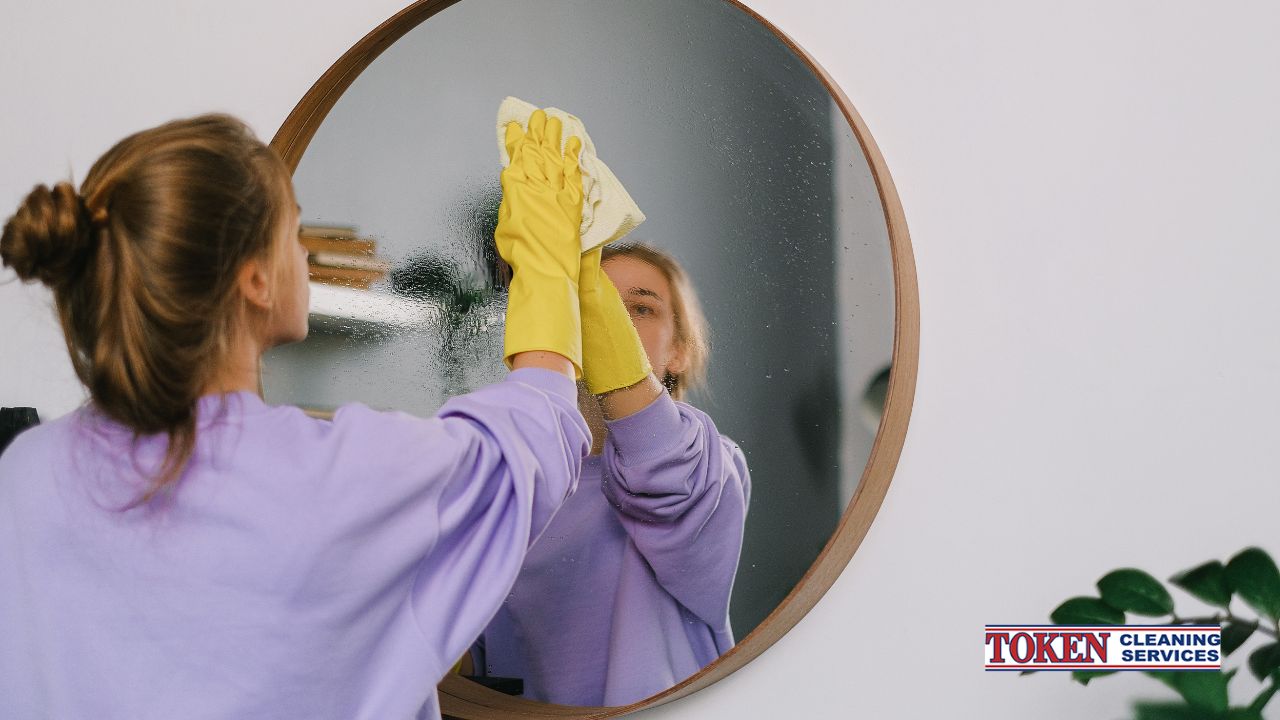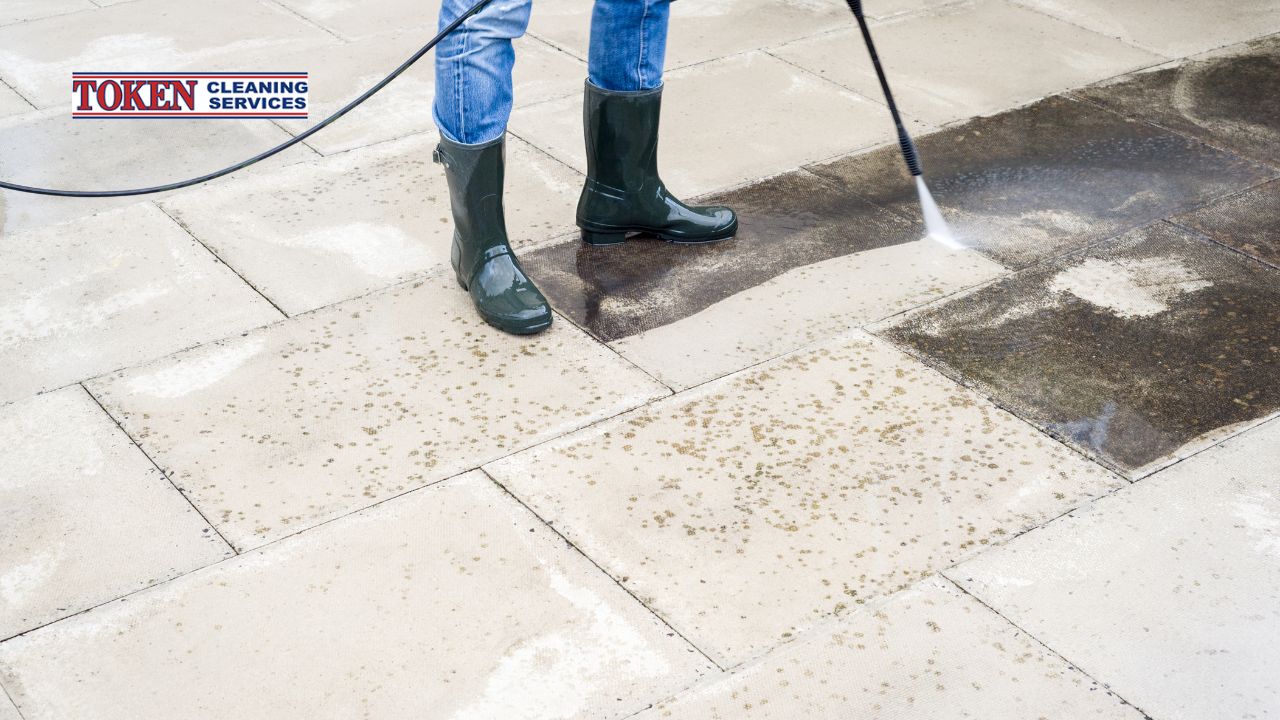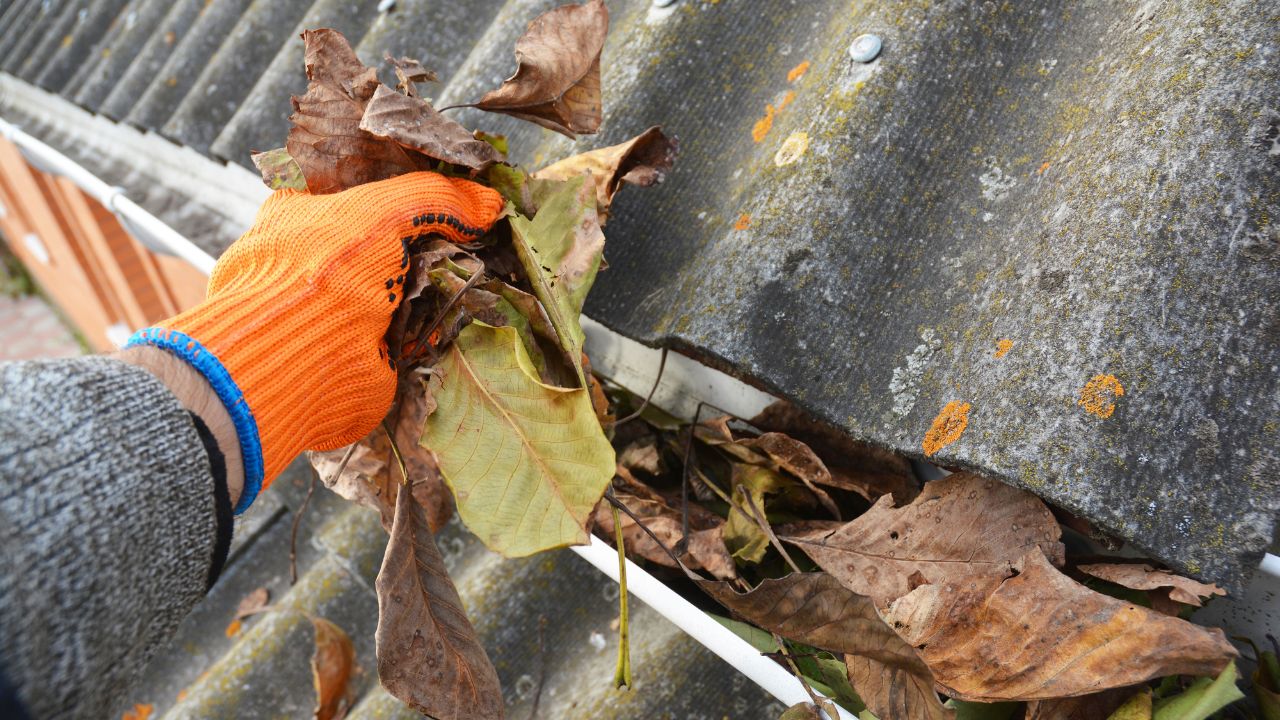Accidents happen. A spilled glass of red wine, a muddy paw print, or a playful toddler with a marker can all leave unsightly stains on your beloved carpet. But don’t despair! With the right techniques and a bit of know-how, carpet cleaning spot cleaning can save the day and keep your carpets looking their best. In this comprehensive guide, we’ll walk you through everything you need to know to tackle those pesky stains and keep your carpets fresh and inviting.
Understanding Carpet Stains: The Enemy You’re Facing
Before we dive into cleaning techniques, let’s understand the nature of carpet stains. Different substances behave differently, and knowing your enemy is half the battle.
- Food & Beverage Stains: These are perhaps the most common culprits. Think coffee spills, red wine mishaps, or that sneaky bit of ketchup your toddler dropped. These stains often contain tannins or dyes that can quickly set into the carpet fibres, making them challenging to remove.
- Pet Stains: Our furry friends bring us joy, but they can also bring accidents. Pet urine and faeces not only leave unsightly stains but also unpleasant odours. These stains require special attention to neutralise the odour and prevent future accidents.
- Mud & Dirt: Tracked-in mud and dirt may seem harmless, but they can grind into the carpet fibres, causing discolouration and wear over time. These stains need to be removed promptly to avoid permanent damage.
- Ink & Dye Stains: From leaky pens to spilled craft supplies, ink and dye stains can be a nightmare to remove from carpets. Their bright colours and tendency to spread make them particularly difficult to tackle.
Carpet Fibres and Their Impact on Stain Removal
Just as not all stains are created equal, not all carpets are the same. Different types of carpet fibres react differently to stains and cleaning solutions. Understanding your carpet’s fibre type is essential for effective spot cleaning.
- Nylon: One of the most common carpet fibres, nylon is durable and relatively stain-resistant, especially when treated with a stain protector.
- Wool: Wool carpets are luxurious and soft but more susceptible to staining. They require gentle cleaning methods and specific wool-safe products.
- Olefin: Often used in outdoor carpets or areas prone to moisture, olefin is stain-resistant and easy to clean. However, it can be prone to oil-based stains.
Check your carpet’s care label or consult with a professional carpet cleaner if you’re unsure of your carpet’s fibre type. This information will guide you in choosing the right cleaning solutions and techniques.
Essential Carpet Cleaning Spot Cleaning Tools and Supplies
Now that you understand your enemy and your carpet, it’s time to gather your weapons. Here are the essential tools and supplies you’ll need for successful carpet cleaning spot cleaning:
- Clean White Cloths or Paper Towels: These are your primary tools for blotting and absorbing stains. Avoid using coloured cloths or towels, as the dye may transfer to your carpet.
- Spray Bottle: A spray bottle is handy for applying cleaning solutions and misting the carpet for deeper cleaning.
- Scraper or Dull Knife: A blunt scraper or dull knife helps to lift away solid debris or hardened spills without damaging the carpet fibres.
- Soft-Bristled Brush: A gentle brush is useful for working in cleaning solutions and agitating stains.
- Wet/Dry Vacuum: A wet/dry vacuum can be used to extract excess moisture and cleaning solution from the carpet after spot cleaning.
DIY Cleaning Solutions vs. Commercial Products
When it comes to choosing cleaning solutions, you have two main options:
- DIY Solutions: Many common household items, like white vinegar, baking soda, and hydrogen peroxide, can be effective for spot cleaning. They’re often inexpensive and readily available. However, it’s important to test them in an inconspicuous area first to ensure they don’t cause discoloration or damage to your carpet.
- Commercial Carpet Stain Removers: These products are specifically formulated to tackle various carpet stains. They often offer convenience and powerful cleaning action. However, some commercial products may contain harsh chemicals, so it’s important to choose ones that are safe for your carpet type and your family and pets.
Here are a few simple DIY cleaning solution recipes:
- For general stains: Mix one part white vinegar with two parts warm water.
- For pet stains: Combine one cup of warm water with 1/4 cup white vinegar and 1/4 cup baking soda.
- For coffee or tea stains: Mix one tablespoon of dish soap with two cups of warm water.
Remember, always test any cleaning solution in an inconspicuous area before applying it to the stain.
Step-by-Step Spot Cleaning Guide
The key to successful carpet cleaning spot cleaning is to act quickly and use the right technique. Here’s a general approach that applies to most stains:
- Blot the Stain: Immediately blot the stain with a clean, dry cloth or paper towel. Work from the outside of the stain towards the centre to avoid spreading it. Avoid rubbing or scrubbing, as this can push the stain deeper into the fibres.
- Apply Cleaning Solution: Choose the appropriate cleaning solution for your stain type and carpet fibre. Spray or blot the solution onto the stain, working it gently into the fibres with a soft-bristled brush.
- Blot Again: Use a clean cloth or paper towel to blot up the cleaning solution and the stain. Repeat as necessary until the stain is lifted.
- Rinse: If using a DIY solution, dampen a clean cloth with water and blot the area to rinse away any residue.
- Dry: Blot the area with a dry cloth or paper towel to remove excess moisture. You can also use a fan or hairdryer on a cool setting to speed up the drying process.
Stain-Specific Solutions:
While the general approach above is effective for many stains, some require specific techniques and solutions:
- Red Wine: Blot the stain immediately with a clean cloth. Then, apply a mixture of one part white vinegar and two parts warm water. Blot again until the stain is lifted. For stubborn stains, you can try a paste of baking soda and water.
- Coffee: Blot the stain with a clean cloth. Mix one tablespoon of dish soap with two cups of warm water and apply to the stain. Blot again until the stain is removed.
- Pet Accidents: Blot the stain with a clean cloth. For urine stains, apply an enzymatic cleaner designed specifically for pet stains. Follow the product instructions carefully.
- Blood: Blot the stain with a clean cloth dampened with cold water. Avoid using hot water, as this can set the stain. If the stain persists, mix one tablespoon of ammonia with two cups of cold water and apply to the stain. Blot again until the stain is removed.
When to Call in the Professionals
While DIY spot cleaning is effective for many stains, there are situations where it’s best to call in the professionals:
- Large Stains: If the stain covers a large area or has penetrated deep into the carpet fibres, professional cleaning equipment and solutions may be necessary to achieve complete removal.
- Recurring Stains: If you’re dealing with recurring stains, such as pet urine, professional cleaning can help to neutralise the odour and prevent future accidents.
- Delicate Carpets: If you have a delicate or valuable carpet, it’s best to leave the cleaning to the professionals to avoid any damage.
- Deep Cleaning: Even with regular spot cleaning, professional deep cleaning is recommended every 12-18 months to remove embedded dirt and allergens and extend the life of your carpet.
Prevention is Key: Proactive Tips for a Stain-Free Carpet
The best way to deal with carpet stains is to prevent them in the first place. Here are some proactive tips:
- Regular Vacuuming: Vacuum your carpets at least once a week, or more frequently in high-traffic areas, to remove dirt and debris before it has a chance to become embedded.
- Use Doormats: Place doormats both inside and outside entrances to trap dirt, debris, and moisture from shoes.
- Use Area Rugs: Consider placing area rugs in high-traffic areas or under furniture to protect your carpet from spills and wear.
- Apply Stain-Resistant Treatments: Many carpets come with a stain-resistant treatment, or you can have one applied professionally. This creates a barrier that helps to repel spills and makes cleaning easier.
Conclusion
Carpet cleaning spot cleaning is an essential skill for any homeowner. By acting quickly, using the right techniques and solutions, and knowing when to call in the professionals, you can keep your carpets looking their best for years to come. Remember, a clean carpet not only enhances the beauty of your home but also contributes to a healthier and more comfortable living environment.
So the next time a spill or stain threatens to ruin your carpet, don’t panic. Arm yourself with the knowledge and tools from this guide, and confidently tackle the challenge. And if the stain proves too stubborn, don’t hesitate to seek professional help. With a little care and attention, your carpets can remain a source of pride and comfort in your home.














